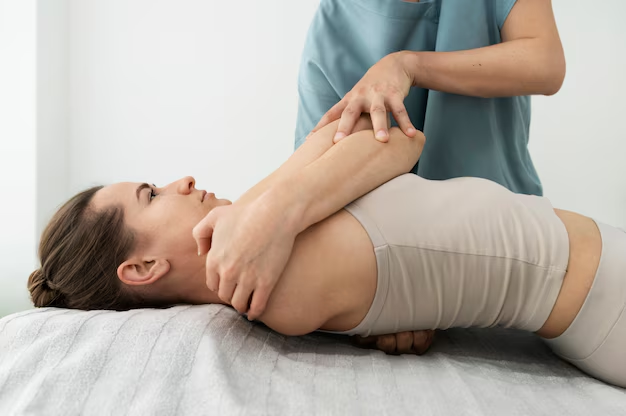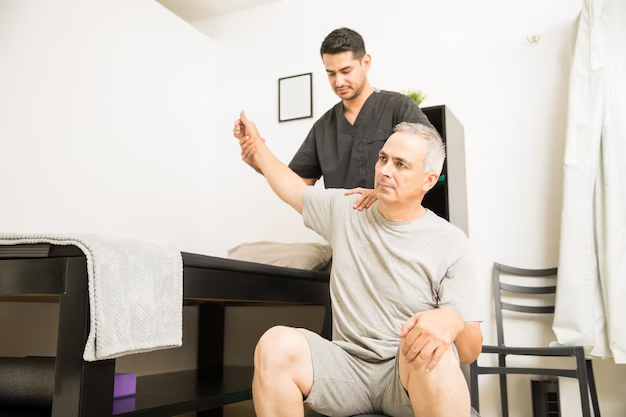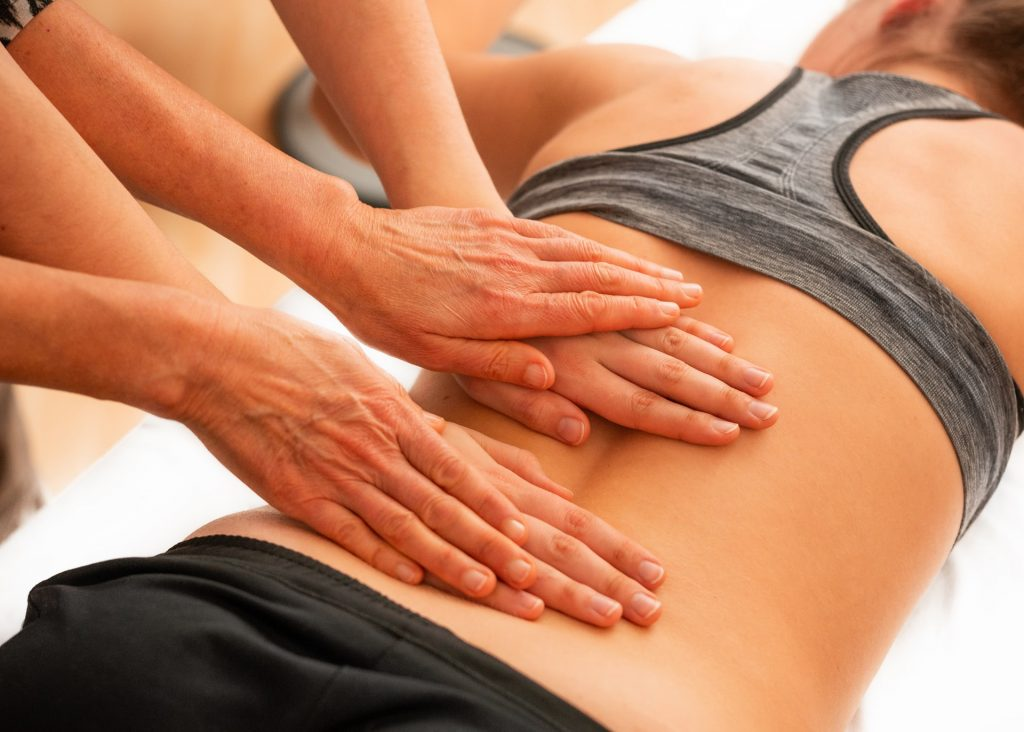Discover Your Perfect Healer Today!
Our online practitioner directory connects you with a wide range of healers to suit your unique needs.
Easily search and find the right professional to support your wellness journey.
Start exploring today to find your perfect match.
Modality
Disease
Books
Products
Events
Training
Blogs
Hypnotherapy
Scientific Insights into Hypnotherapy: What Research Reveals
Hypnotherapy has developed into a useful treatment modality, entailing the use of the mind as well as the body. For this reason, the medical profession ...
Read More → Written by
Michael Johnson
Osteopath
An Overview of Core Principles and Techniques of Osteopathy
Osteopathy is one of the healing arts that easily finds its place firmly within the holistic paradigm, irrespective of the prevailing biomedical model of medicine. ...
Read More → Written by
David Brown
Nutritionist
A Comprehensive Look at Nutritionists: Careers, Skills, Impact, and Benefits
Nutritionists are experts who stand in the breach between complicated scientific explanations of food, and some practical, down-to-earth eating hints that foster health. Appreciating their ...
Read More → Written by
David Brown
Occupational Therapist
Navigating Controversies and Challenges in Occupational Therapy
Occupational therapy has been a crucial part of health care services, but like everything else, this profession suffers through criticism and controversy. Most critics contend ...
Read More → Written by
James Williams
Naprapathy
Building a Community: Connecting with Fellow Naprapathy Practitioners
Connection with other naprapathy professionals helps you grow professionalism and exchange visions together. It is not a matter of whether you are new or experienced; ...
Read More → Written by
Michael Johnson
Acupuncture
Empowering Yourself: How to Become a Practitioner of Acupuncture
Traditional Chinese medicine has been able to gain fame as a holistic treatment solution for numerous health conditions. A career in acupuncture might just be ...
Read More → Written by
David Brown






